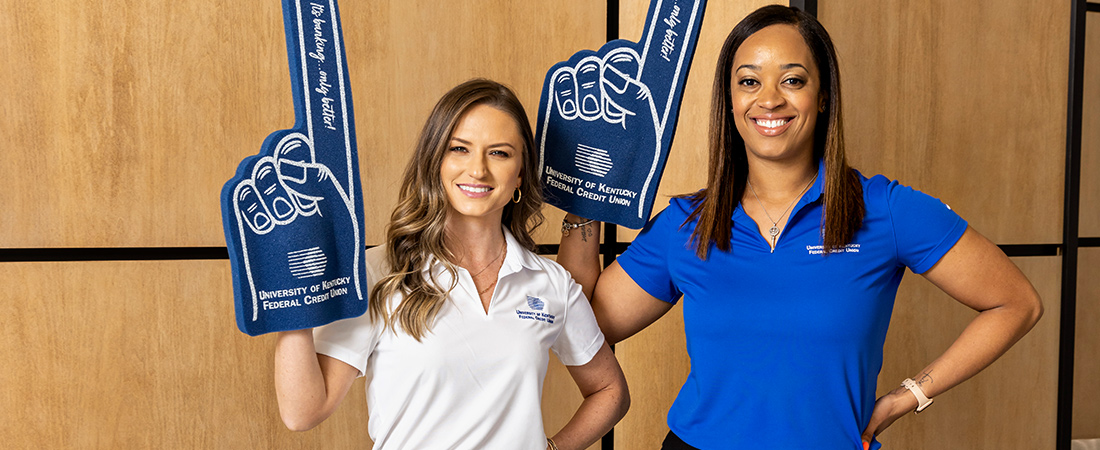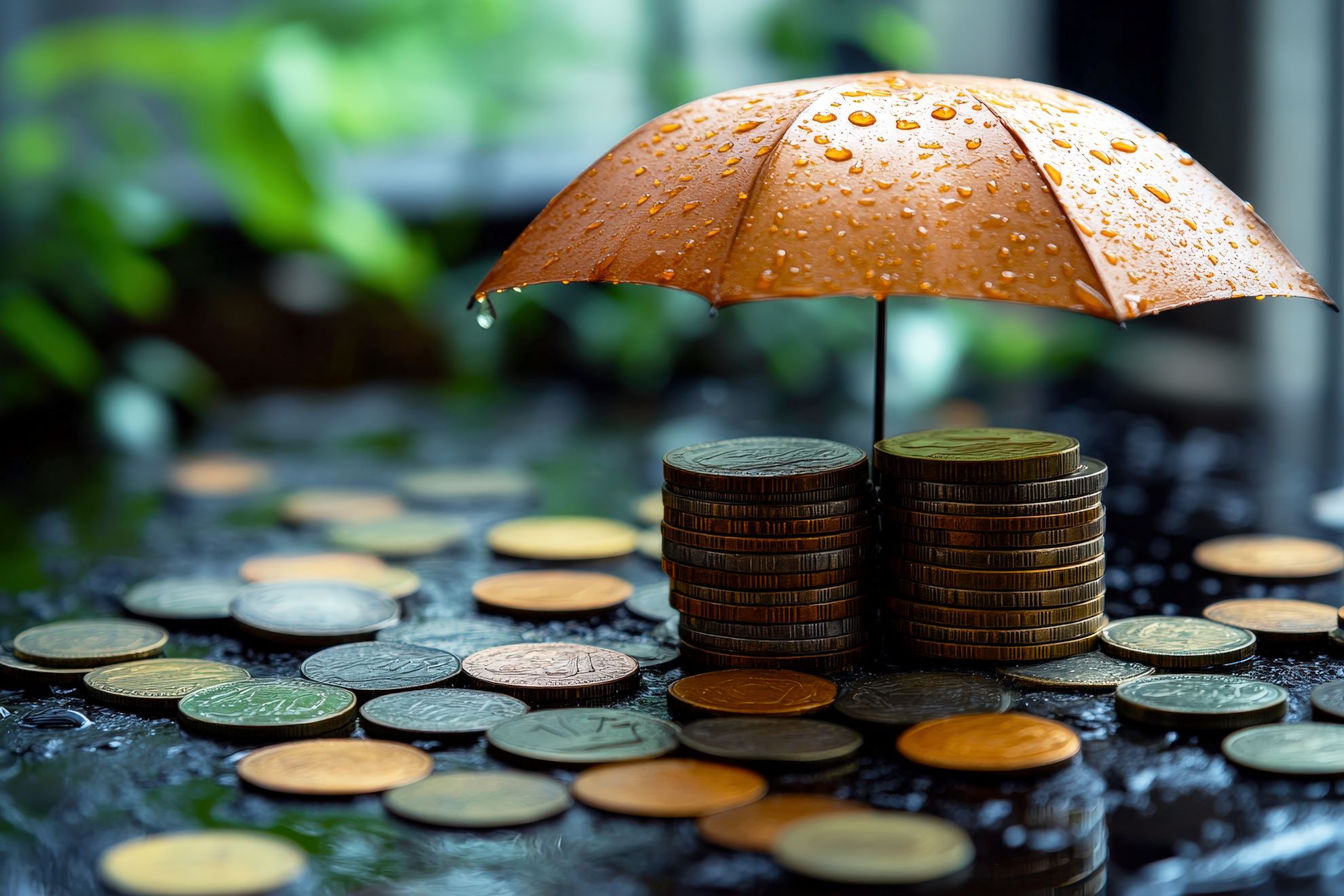Life is unpredictable, and unexpected expenses can arise at any moment. Whether it's a car repair, medical bills, or sudden job loss, having an emergency fund can provide peace of mind and financial security. In this article, we'll explore effective strategies for building an emergency fund that can help you navigate life's uncertainties without derailing your budget.
Why an Emergency Fund is Essential
An emergency fund is a designated savings account that provides financial support during unexpected situations. According to financial experts, it’s generally recommended to save three to six months' worth of living expenses. Here are a few reasons why having an emergency fund is crucial:
- Financial Security: An emergency fund offers a financial cushion that can help you avoid debt during tough times. Without this safety net, you might be forced to rely on credit cards or loans, leading to further financial strain. For instance, unexpected car repairs could put you in a difficult position if you don't have savings to cover those costs, leading you to borrow money with high-interest rates.
- Peace of Mind: Knowing you have money set aside for emergencies can reduce stress and anxiety. You can focus on handling the situation at hand without worrying about how you will pay for it. This peace of mind can enhance your overall quality of life, allowing you to pursue your personal and professional goals without the constant weight of financial worry.
- Prevention of Lifestyle Disruption: An emergency fund allows you to address unexpected costs without significantly affecting your daily life. Whether it's covering a car repair or an urgent medical expense, having savings set aside can keep your routine intact. For instance, if you have to take time off work due to an emergency, your savings can help cover living expenses while you recover or look for a new job.
Steps to Build Your Emergency Fund
1. Set a Clear Savings Goal
Start by determining how much you need in your emergency fund. Aim for at least three months’ worth of living expenses. Calculate your essential monthly costs—such as rent, utilities, groceries, and transportation—and multiply that by three to get your target amount. Having a clear goal will help you stay focused and motivated.
- Example: If your monthly expenses total $2,000, you should aim to save between $6,000 and $12,000 for your emergency fund.
2. Create a Separate Savings Account
Open a dedicated savings account for your emergency fund. Keeping this money separate from your regular checking account can help prevent the temptation to dip into your fund for non-emergencies. Look for a high-yield savings account that offers competitive interest rates, so your money can grow over time while remaining accessible.
- Tip: Look for the savings account that offers competitive interest rates.
3. Automate Your Savings
Set up automatic transfers from your checking account to your emergency fund each month. Treat your savings like a recurring bill, ensuring that money is automatically set aside before you have the chance to spend it. This method can help you build your fund consistently without having to think about it.
- Implementation: Choose a specific day of the month—such as the day after your paycheck arrives—to transfer funds to your emergency savings.
4. Start Small and Be Consistent
If saving a large amount feels overwhelming, start small. Commit to saving a specific dollar amount or percentage of your income each month, even if it’s just $25 or 5%. The key is consistency; over time, these small contributions will add up. Celebrate your progress to stay motivated along the way.
- Example: If you save $25 each week, you'll have $1,300 saved by the end of the year, which can significantly bolster your emergency fund.
5. Cut Unnecessary Expenses
Review your budget to identify areas where you can cut back. Consider reducing discretionary spending on items such as dining out, subscription services, or entertainment. Redirect the money saved into your emergency fund. Small sacrifices now can lead to significant savings later.
- Strategy: Use budgeting apps to track your spending and identify patterns. This can help you pinpoint where to cut back effectively.
Tips for Boosting Your Emergency Fund
1. Windfalls and Bonuses
Whenever you receive unexpected income, such as tax refunds, work bonuses, or gifts, consider directing a portion (or all) of that windfall into your emergency fund. This can give your savings a substantial boost without affecting your regular budget.
- Example: If you receive a $1,000 tax refund, consider allocating $500 to your emergency fund and using the rest for debt repayment or a small purchase.
2. Side Hustles
Consider taking on a part-time job or freelance work to increase your income. Use the additional earnings solely for building your emergency fund. This approach allows you to grow your savings more quickly while minimizing the impact on your day-to-day finances.
- Options: Explore opportunities like tutoring, pet sitting, ridesharing, or freelance writing. Many side hustles offer flexible hours that can fit around your primary job.
3. Sell Unused Items
Take a look around your home for items you no longer need or use. Selling unused clothing, electronics, furniture, or other household goods can generate extra cash. Deposit the proceeds into your emergency fund to help you reach your goal faster.
- Platforms: Use online marketplaces like eBay, Facebook Marketplace, or Craigslist to sell items locally. Consider organizing a garage sale to declutter and earn some extra cash.
What to Do Once You’ve Built Your Fund
Once you’ve reached your emergency fund goal, it’s essential to maintain and adjust it as needed. Here’s how:
1. Reassess Your Goal
As your financial situation changes (e.g., a new job, moving to a new place, or having children), reassess your emergency fund goal. Your target amount may need to be adjusted to account for increased living expenses.
- Check-In: Review your emergency fund every six months to ensure it aligns with your current lifestyle and financial obligations.
2. Continue Contributing
Even after reaching your goal, consider continuing to contribute to your emergency fund. Life is unpredictable, and having a larger cushion can provide even more security. Aim to replenish your fund if you ever need to dip into it for emergencies.
- Automatic Growth: Set a new savings goal once you hit your initial target. Consider adding a specific percentage of any raises or bonuses to your emergency fund.
3. Use Wisely
When you face unexpected expenses, use your emergency fund wisely. Assess whether the situation truly qualifies as an emergency before using the funds. This approach ensures that your savings remain intact for genuine financial emergencies.
- Criteria for Use: Create a list of situations that warrant using your emergency fund (e.g., medical emergencies, car repairs, job loss) to guide your decision-making process.
Growing Your Savings Beyond Your Emergency Fund
Once you’ve successfully built your emergency fund, you might wonder how to make your savings work harder for you. While emergency funds should remain easily accessible, surplus funds can be directed into investments that grow your wealth over time.
Why Invest Your Excess Savings?
Investing allows you to build long-term financial stability and achieve goals like buying a home, funding education, or planning for retirement. Unlike emergency funds, which are meant for short-term access, investments are designed to grow your money over time, helping you stay ahead of inflation and secure your future.
Explore UKFCU’s Investment Services
At UKFCU, our investment team is here to guide you through your financial journey. Whether you're new to investing or looking to optimize your portfolio, we offer services tailored to your unique needs, including:
- Financial Planning: Create a roadmap to achieve your long-term financial goals.
- Portfolio Management: Ensure your investments align with your risk tolerance and objectives.
- Retirement Planning: Maximize your savings for a comfortable retirement.
- Investment Tools: Access resources like BluTrade through our mobile app to manage and grow your investments conveniently.
Start Small, Dream Big
If you’re ready to take the next step in building your financial future, our advisors can help you determine the best approach based on your goals. Contact UKFCU’s investment team to learn more about growing your savings through smart investing.
Final Thoughts
Building an emergency fund is one of the smartest financial decisions you can make. By setting clear goals, automating your savings, and making small lifestyle changes, you can create a financial cushion that provides peace of mind and security.
Remember that financial stability isn’t just about having money—it's about having the freedom to face life’s uncertainties without fear. At UKFCU, we are committed to helping you achieve your financial goals. For more resources on budgeting, saving, and other financial services, reach out to our knowledgeable team for assistance. Start building your emergency fund today for a happier, more secure tomorrow!












.png?language=en)